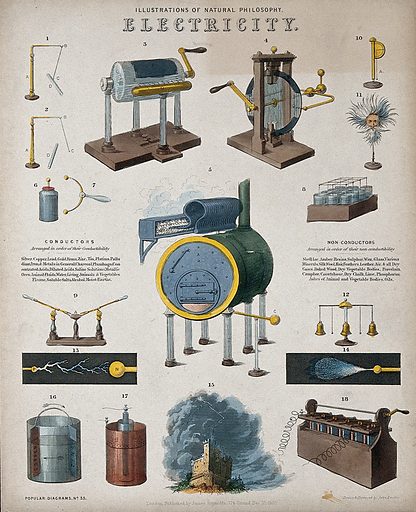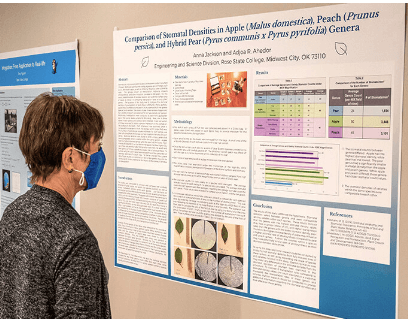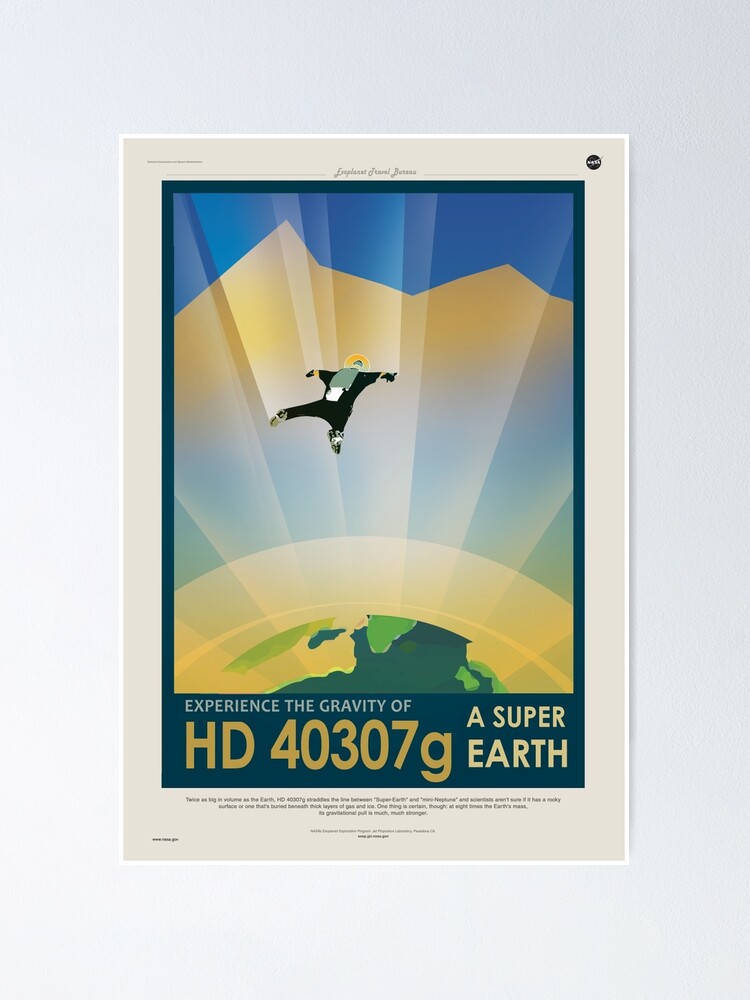A scientific poster is a visual representation of someone’s intensive research on a specific topic. These posters are usually made for academic conferences or scientific events.
The importance of a scientific poster is that it possesses the ability to present a generalised or communicative idea to many audiences who have similar tastes in research fields.
Now, before deciding to make one scientific poster, there’re several elements to consider such as the topic of the research, methodology, graphical representation of the results, future works, discussions, and most importantly, valid references to your work.
This article will show you how to plan, design, create, and review a scientific paper for your upcoming science conferences nearby.
Planning Your Scientific Poster
Before making a scientific paper, here are tips a researcher needs to follow in order to make the poster interesting to the viewers. They’re as follows:
Select A Suitable Topic
The first step is to select a suitable topic for your research poster. Many researchers select a broad research topic that will eventually make your work lengthy.
Lengthy research work is hard to present and attract the attention of your colleagues or classmates. Therefore, concise your topic’s statement and focus only on one parameter of your research. In this way, the viewers can identify your area of improvement on certain topics.
Specify Your Research Information
One should always consider the key takeaways from their research and highlight them in the first paragraph of your scientific poster. For example, if your research topic is about COVID-19 surveys, then you should include some graphical analysis of the patients who suffered losses from COVID, patients who survived COVID, patients who are vaccinated, and so on.
In general, make sure that the information is prominently displayed on your poster so people can have an educational view of it.
Target Your Audience
The most effective way to make your scientific poster popular is to always target the audience you’ll be presenting to. Therefore, you should always consider the background and interests of your audience.
Suppose you’re in a conference or academic fest presenting a poster on a specific topic or field, make sure to highlight how your findings relate to that field and how it motivated you to work on the field everyone is so interested in.
Mention Your Novelty in The Research
Another tip for poster presentations is that if your research has any unique or novel findings, make sure to include them on your poster and don’t forget to utter the novelty while presenting the research.
If other authors find out about your recently developed work, it’ll certainly gather more attraction.
Designing Your Scientific Poster

Apart from selecting a mind-blowing research topic, presenting a scientific poster also needs some other skills, such as designing! If you’re unable to design your poster soothingly, no matter how good the research is, it will not attract viewers or scholars.
Therefore, here are some scientific poster examples that nailed a good design sense:
Choose An Appropriate Layout
The first step on how to make an academic paper is to choose an appropriate layout. My recommendation will be to select a portrait orientation with multiple columns (this layout has proven to be more effective in terms of poster presentation).
Choose An Attractive Font Size and Colour
The second step is to choose an attractive font size or colour. Your main goal will be to make your readers comfortable with your research work while looking at the poster.
Use colour to enhance the visual appeal of your poster and to highlight key information. Make sure to balance the contrast with your font colour and the background.
Apply More Visual Aids
Adding more graphs, charts, images, or other types of visual aids will greatly attract many readers to your poster, especially when you’re attending a conference or competing in a poster presentation.
Most importantly, don’t forget to label your graph’s axis, and pictures and add important bullet points to highlight the crucial information of your research work.
Creating Your Scientific Poster

Now that you have a clear-cut idea about designing and planning a scientific poster, do you know how to make a scientific poster? Creating a perfect ratio of such posters will need specific software.
There are several software options associated with creating scientific posters. They’re as follows:
- Microsoft PowerPoint
- Canva
- Adobe Illustrator
- Latex
Though Canva is an online platform with numerous built-in templates for research posters, if you want to explore your imagination, the best tool for creating research papers will be PowerPoint and Illustrator.
Take your pick according to your preferences!
After you’ve created a perfect research paper, it’s time to know about certain facts while handling it to the printing zone.
- Find a professional printing service to ensure that your poster is printed at a high quality. Many universities and libraries have printing services that can print scientific posters for free or very limited charges. Make sure to consult with them for better services.
- Before handing out your posters to the printer, make sure to proofread them numerous times for any additional typos and errors.
- Give yourself enough time to have your poster printed before the conference or event. Printing can take longer than you expect, especially if you need to adjust or make corrections.
Presenting Your Scientific Poster

Presenting your scientific poster is an essential part of your research progress. Here are some tips for poster presentations that you can follow:
- Continuously practice your presentation: Before participating in a poster presentation competition or a conference, make sure that you give a demo presentation all by yourself at your convenient time to gain more confidence so that you can answer all the questions as efficiently as possible.
- Try to interact with your audience: While presenting a poster, don’t forget to make eye contact with your audience. If possible, try to throw some questions toward your audience which acts as a good source of interaction. Furthermore, try to engage with the people as politely as possible and try to take their feedback on your research.
- Answer the questions: After the presentation is over, gently greet the judge’s panel or the respected supervisors for any probable questions. Try to answer each question in confidence so that they can understand you and have a detailed idea of your research.
- Poster presentation guidelines: When you’re attending a conference, it is good practice to follow all the rules and regulations such as presentation time limit or poster size. Otherwise, this might lead to certain disqualifications!
- Behave well: Presenting a research poster isn’t a cup of tea for everyone. Many scholars or students had to face a lot of trouble with the questions during their presentations. But the only thing one must remember is that one needs to stay calm and respect the people around you. Remember, your behavior will reflect your family and institution!
Reviewing And Revising Your Scientific Poster
After you’re done presenting your poster, many well-reputed scholars will grade your presentation and the research work. It’s your job to note down all the suggestions they give you and try to update your research poster accordingly.
In order to improve the effectiveness of your poster over time, I’ll suggest including more designs in the poster. After experimenting with multiple templates or formats, you will get different feedbacks which will help you to communicate more effectively.
A good researcher should also update the visuals over time. As you gather new data or create new visuals, update your poster with the latest information. This will help ensure that your poster is accurate and engaging.
Last but not least, you can also extend your research work to others which will help you greatly. You can create a joint poster with other researchers that will showcase your collective findings.
Eventually, you’ll notice that your research has been shared with a greater amount of audience and you’ll also start to get more feedback to further develop both your poster and your research.
Conclusion
To wrap up, a research paper must be attractive with good eye-soothing backgrounds, coloured font sizes, and good visual aids. Most importantly, you should always be specific while delivering research information through your posters.
Additionally, no matter how good the poster or research is, a bad presentation might just ruin the whole day. Therefore, the key thing is to practice it as much as you can and try to deliver each answer to the questions confidently.
As mentioned earlier, a scientific poster is a generalised way to communicate and build up a research community. Hence, it is very important to make your poster as effective as possible. I hope this article will come in handy for you! Have fun postering!

Hi! I’m Jon Tabner, I am a Graphic Designer and Marketing Executive in profession. Exploring new things, innovation and designing is my passion. Now working as head of Graphic Designing & Marketing Executive team at Print In London and currently I am based in London. I love using my design knowledge to inspire small businesses to think outside the box when designing their print.

